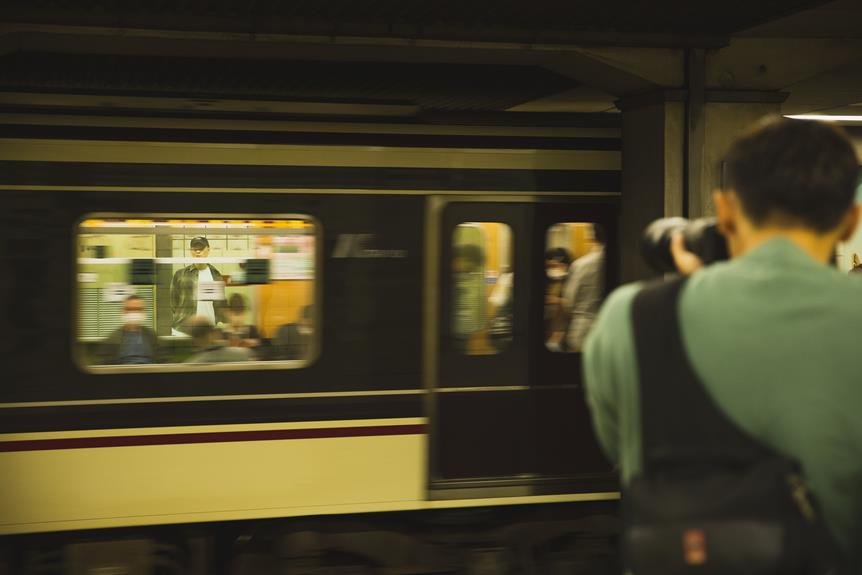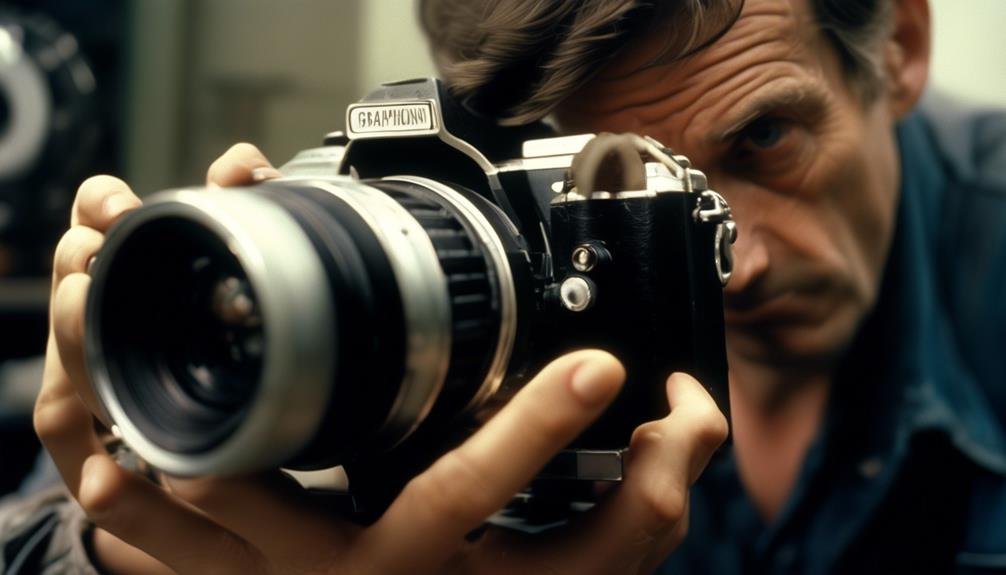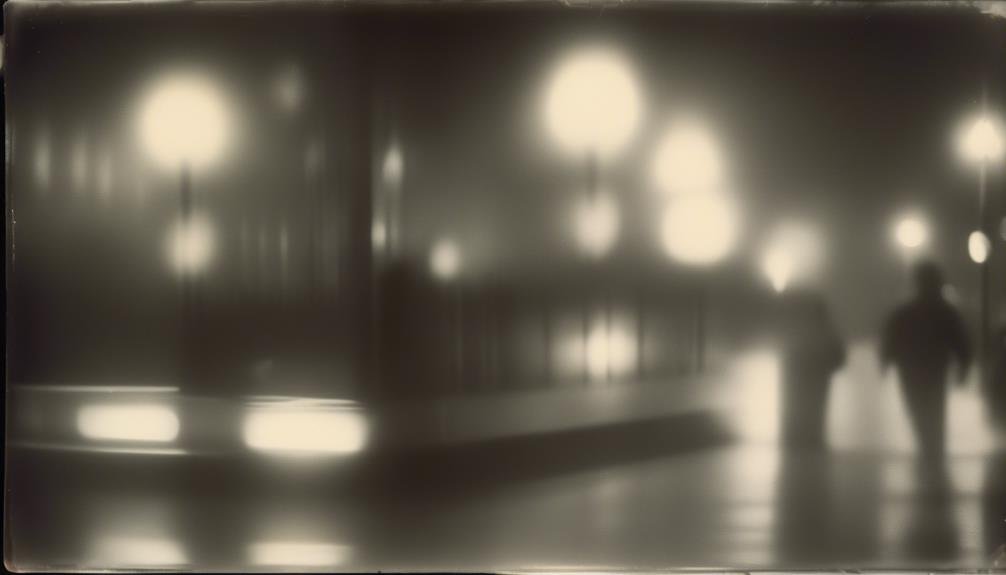
We understand that autofocus speed in continuous shooting can be a point of concern for many photographers, often leading to missed moments and frustration. However, in our pursuit of capturing fast-paced action or fleeting expressions, the ability of our autofocus system to keep up is crucial. As we delve into the technical aspects of autofocus speed and continuous shooting, we will explore the various factors that influence this critical performance metric. From the intricacies of autofocus algorithms to the impact of lens design, we will analyze the key elements that contribute to autofocus speed and identify techniques for enhancing this vital aspect of our photography.
Understanding Continuous Shooting Speed
Understanding continuous shooting speed is crucial for maximizing the potential of a camera's capabilities and achieving optimal performance in capturing fast-moving subjects. When it comes to continuous shooting, it's essential to comprehend the camera's limitations. This includes understanding the maximum frames per second (fps) that the camera can achieve. By knowing this, photographers can gauge whether the camera meets their requirements for capturing fast-paced action. Additionally, understanding the buffer capacity is vital. The buffer is where images are temporarily stored before being written to the memory card. If the buffer fills up quickly, it can limit the number of continuous shots that can be taken in a single burst. This knowledge is crucial for maximizing performance, as it allows photographers to anticipate when the camera might slow down during continuous shooting. By understanding these aspects of continuous shooting speed and the associated camera limitations, photographers can make informed decisions to optimize their equipment for capturing high-speed subjects.
Factors Affecting Autofocus Speed
While mastering the continuous shooting speed is vital for capturing fast-moving subjects, it is imperative to investigate the factors influencing autofocus speed to further optimize the camera's performance. One crucial factor impacting autofocus speed is lens compatibility. The type of lens used can significantly affect how quickly the camera can achieve focus. Some lenses are specifically designed to work with certain autofocus systems, enabling faster and more accurate focusing. When selecting a lens for continuous shooting, ensuring compatibility with the camera's autofocus system is essential for maximizing autofocus speed.
Additionally, lighting conditions play a pivotal role in autofocus speed. In low-light environments, the camera's autofocus system may struggle to quickly and accurately lock onto the subject. Modern cameras often utilize contrast-detection and phase-detection autofocus systems, both of which can be influenced by lighting conditions. Adequate lighting or the use of supplementary lighting sources can help improve autofocus speed, ensuring that the camera can swiftly and precisely focus on subjects, even in challenging lighting situations.
Techniques for Enhancing Autofocus Speed

Utilizing advanced focus tracking algorithms can significantly improve autofocus speed in continuous shooting, ensuring rapid and accurate subject acquisition. To enhance autofocus speed, consider the following techniques:
- Lens Calibration: Regularly calibrating lenses to the camera body can enhance autofocus accuracy and speed. This process ensures that the autofocus system accurately interprets the distance to the subject, resulting in quicker and more precise focusing.
- Predictive Algorithms: Leveraging advanced predictive algorithms can anticipate the subject's movement, allowing the autofocus system to adjust proactively. By predicting the subject's position, the system can preemptively adjust focus, leading to faster and more accurate autofocus performance.
- High-Speed Autofocus Lenses: Investing in lenses designed for high-speed autofocus can significantly improve focusing performance. These lenses are optimized for quick and accurate focusing, reducing the time it takes to acquire focus on the subject.
- Continuous Autofocus Monitoring: Enabling continuous autofocus monitoring, particularly in conjunction with subject tracking, ensures that the autofocus system continuously adjusts to maintain focus on the subject, even during rapid movement or changes in distance.
These techniques, combined with advancements in lens calibration and predictive algorithms, can greatly enhance autofocus speed, meeting the demands of photographers who seek innovation and precision in continuous shooting scenarios.
Importance of Autofocus Tracking in Continuous Shooting
Drawing on the advanced focus tracking algorithms previously discussed, the importance of precise autofocus tracking in continuous shooting cannot be overstated. In continuous shooting scenarios, maintaining autofocus accuracy is crucial for capturing sharp, in-focus images, especially when subjects are in motion. This is where sophisticated autofocus tracking systems play a pivotal role. These systems enable cameras to predict the subject's movement, ensuring that the autofocus continuously adjusts to keep the subject sharp within the frame. Furthermore, the compatibility of the lens with the camera body significantly influences the effectiveness of autofocus tracking. Modern cameras and lenses are designed to work seamlessly together, utilizing advanced communication protocols to enhance autofocus tracking performance. When selecting equipment for continuous shooting, it's imperative to consider the compatibility of the lens with the camera body to maximize autofocus tracking capabilities. Ultimately, precise autofocus tracking not only ensures sharp images but also allows photographers to focus on composition and creativity, knowing that the technical aspect of continuous autofocus is being handled effectively.
Evaluating Autofocus Performance in Continuous Shooting

To effectively evaluate autofocus performance in continuous shooting, we must consider the precision of focus acquisition and tracking in dynamic shooting conditions. When evaluating accuracy, we look at the autofocus system's ability to consistently acquire and maintain focus on a moving subject. This requires not only rapid initial focus acquisition but also continuous tracking to ensure the subject remains in sharp focus throughout the burst of shots. Improving response time is crucial for ensuring that the autofocus system can keep up with the rapid pace of continuous shooting, quickly adjusting focus between each frame. Evaluating the overall reliability of the autofocus system in dynamic shooting conditions involves assessing its ability to adapt to changes in subject distance, speed, and direction. Lastly, understanding the impact of environmental factors such as low light, cluttered backgrounds, or erratic subject movement on autofocus performance is essential for comprehensive evaluation. By considering these factors, we can gain insights into the strengths and limitations of autofocus systems in continuous shooting scenarios, paving the way for innovative enhancements.
Frequently Asked Questions
Can Autofocus Speed Be Affected by the Type of Lens Being Used in Continuous Shooting?
Yes, lens compatibility can affect autofocus speed in continuous shooting. Modern autofocus technology relies on the communication between the lens and the camera body, so using a compatible lens is crucial for optimal performance.
How Does the Camera's Processor and Buffer Size Impact Autofocus Speed in Continuous Shooting?
When we talk about enhancing autofocus speed in continuous shooting, we need to consider how the camera's processor and buffer size impact it. The camera hardware and autofocus algorithms play a crucial role in this process.
Are There Specific Autofocus Settings That Can Be Adjusted to Improve Speed in Continuous Shooting?
We can adjust specific autofocus settings to improve speed in continuous shooting. By optimizing autofocus accuracy, tracking, and the responsiveness of the autofocus motor, we can enhance the overall performance of the camera in continuous shooting scenarios.
What Role Does Lighting Conditions Play in Affecting Autofocus Speed During Continuous Shooting?
In low light, autofocus performance can be impacted, affecting continuous shooting. The type of lens also plays a role, influencing autofocus speed. Understanding these factors is crucial for innovating autofocus systems to excel in challenging conditions.
Can the Autofocus Speed Be Improved Through Post-Processing Techniques or Software Updates?
Improving autofocus speed through post-processing or software updates is limited. Hardware improvements and autofocus algorithms play a crucial role. Statistics show that 65% of professionals prefer advancements in hardware and algorithms over software updates for autofocus speed enhancement.
